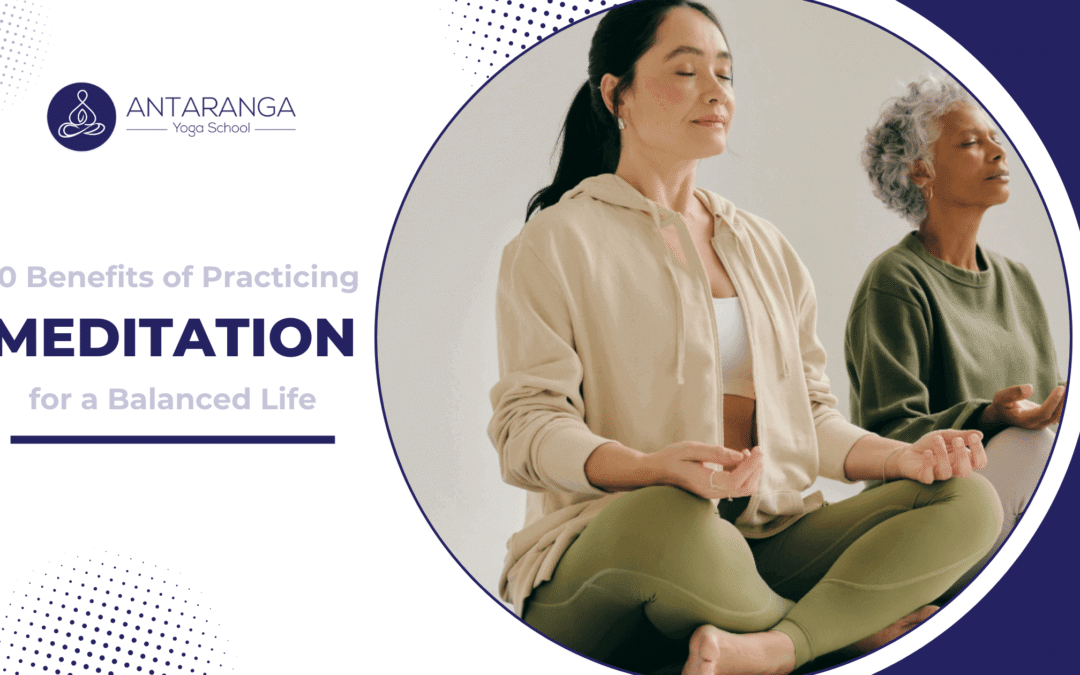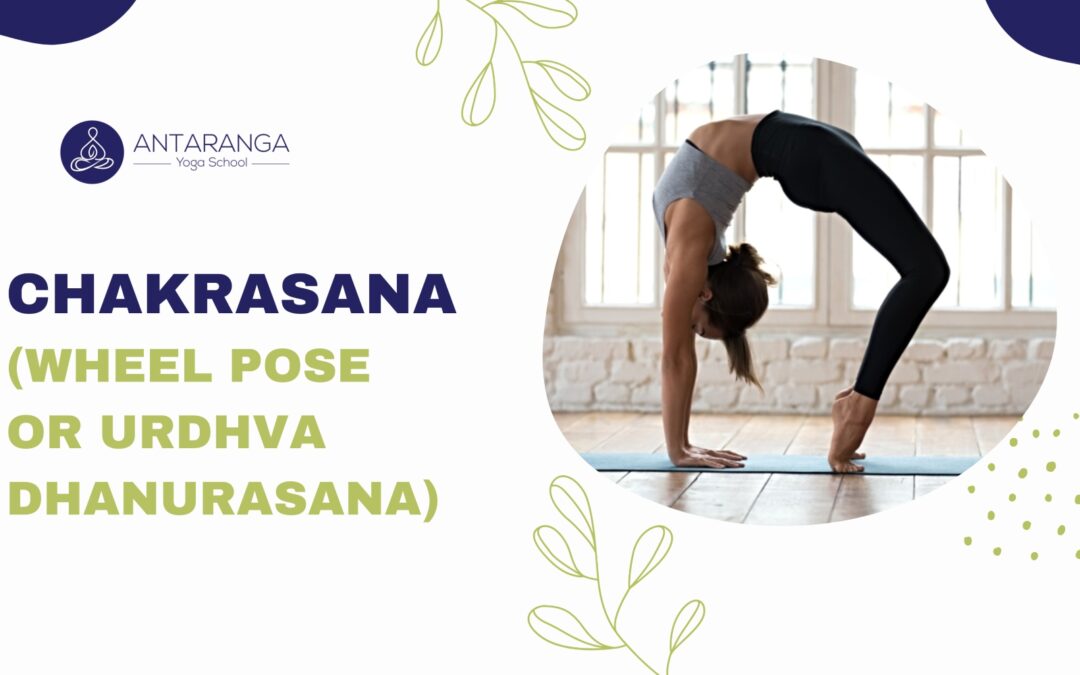Dhanurasana, also known as the Bow Pose, is a well-known yoga posture that stretches and strengthens several parts of the body at once. The pose gets its name from the shape your body takes while performing it, like a bow with the torso as the curved part and the arms and legs forming the string.
This pose is popular for improving flexibility, digestion, and restoring energy in the body. It may look challenging at first, but with regular practice, it becomes more accessible and rewarding.
Preparation for Dhanurasana
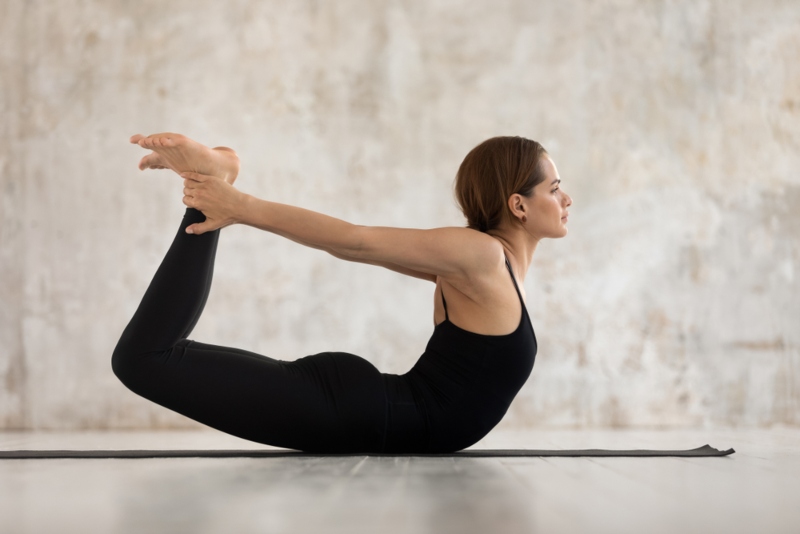
It is important to remember a few things before trying Dhanurasana:
1. Ensure a good warm-up; try to loosen the shoulders, back, hips, and thighs.
2. Practice some light spinal back-bends, such as Bhujangasana (Cobra Pose) or Salabhasana (Locust Pose).
3. Avoid this posture after eating. Be sure your stomach is empty.
4. If you are a beginner, it would be most helpful to practice with guidance.
How to Do Dhanurasana (Bow Pose)
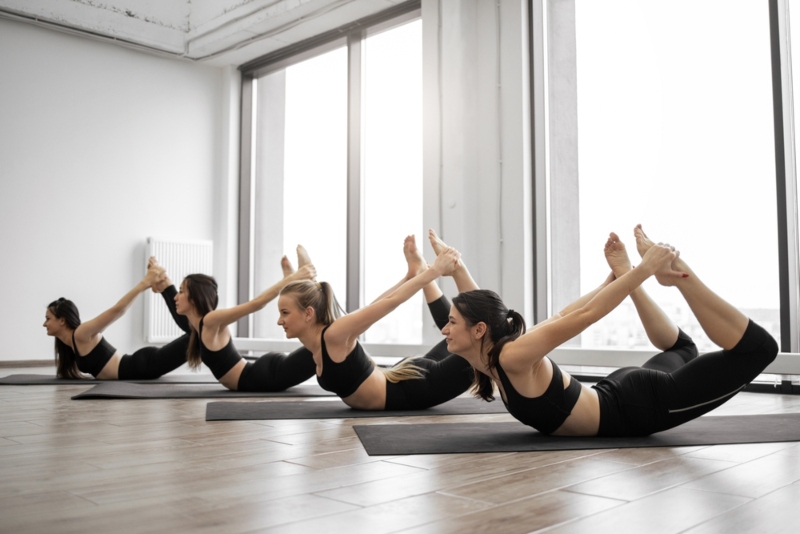
Dhanurasana, or the Bow Pose, may seem quite intimidating. However, with a little patience and in the correct manner, it opens up. Follow these steps for a good execution of this pose:
1. Lie on the Stomach
Begin lying on your stomach on the yoga mat. Extend your legs behind you. Keep your arms straight alongside your body with your palms facing upwards. Rest your forehead gently on the mat and breathe deeply for a few moments, relaxing.
2. Bend your knees
Slowly bend the knees so the heels move toward the buttocks. Keep the knees about hip-width apart, avoiding flaring out too wide. Keep the thighs together as much as possible to maintain proper alignment.
3. Reach backwards and hold the ankles
Stretch your arms backwards to grab the ankles, kids, not the tops of the feet. Your grip should be firm but gentle. Do not force it into discomfort, you can barely reach your ankles, it is much better to use a strap.
4. Inhale and lift the chest and legs
Inhale deeply. While inhaling, lift the chest off the floor while also raising the legs by gently pulling the ankles with your hands. The weight rests primarily on the lower abdomen and pelvis, which provides the base of support.
5. Shape the body like a bow
The higher the chest and thighs lift, the more the body starts to assume the shape of a bow, with the spine curving, arms pulling the legs backwards, and the heart opening forward. Try to keep the shoulders from rising to the ears and keep the neck relaxed.
6. Stay in the pose and breathe
Remain in this pose for 15 to 30 seconds for as long as feels comfortable. Maintain a slow and steady breath. Keep your face soft and jaw relaxed. In this practice, the integrity of the pose itself is more important than the duration of the hold.
7. Release with care
Slowly exhale as you lower the chest and legs back down to the mat. Slide your hands away from your ankles and return your arms alongside your torso. Rest for a few breaths, then repeat or gently counterpose into Child’s Pose to unwind the spine.
Variations of Dhanurasana (Bow Pose)
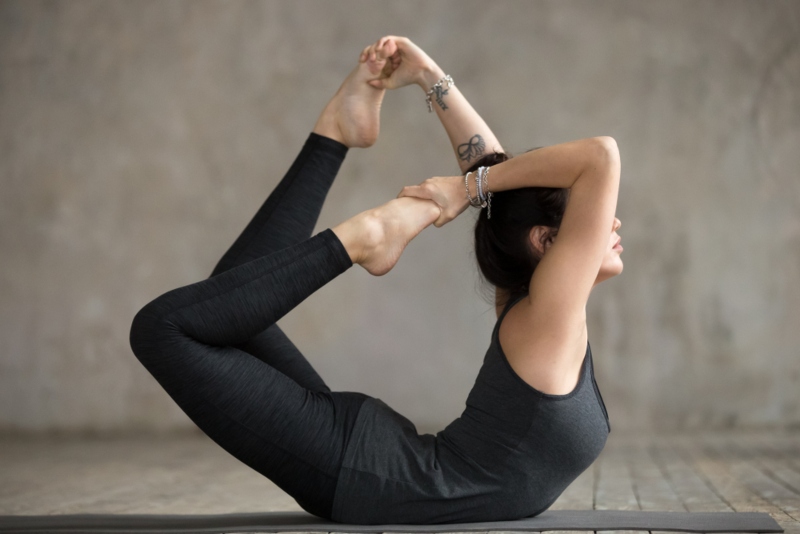
Not everyone says that the Bow Pose is an easy one at the very beginning. In case you’re working on strength, developing flexibility, or you simply want to make the posture more approachable, these variations can get you started toward the full expression of Dhanurasana while accommodating most of its beneficial properties.
1. Use a Strap
This is a great help if one cannot yet comfortably reach his or her own ankles.
Place a strap or belt around your ankles and grasp the ends with your hands. It provides a sort of bridge between your hands and feet, so you can concentrate on lifting the chest and legs without too much strain or forcing the movement. With the help of this variation, you are relieved of the pressure of grabbing your own feet, and it gives you the freedom of concentrating on alignment and breathing. This variation is something that anyone going through his or her initial stages or anyone with tight shoulders or quadriceps should use.
2. Half Bow Pose (One-Legged Bow)
This variation is a good one for those who prefer to work one side at a time on balance, coordination, and flexibility.
Begin lying on your belly. Bend one leg and hold the ankle with the hand on the same side while keeping the other leg stretched out. Lifting the bent leg and chest, the other arm can be stretched forward or rest alongside the body. After holding for several breaths, change the side.
This variation is easier for the use of people to use and can become an excellent way to spot differences in strength or flexibility between two sides of a person’s body.
3. Blanket Support
Pressure over the hips, ribs, or stomach can be uncomfortable, especially on hard floors, and a folded blanket is an excellent aid. Place the blanket under the front torso, covering the lower belly and hips to cushion the front body. Extra support can ease some discomfort, consequently enabling you to remain in the posture longer with some ease. This also works well if there’s slight sensitivity in the lower back or you simply want a gentler feel to the pose.
Benefits of Dhanurasana (Bow Pose)
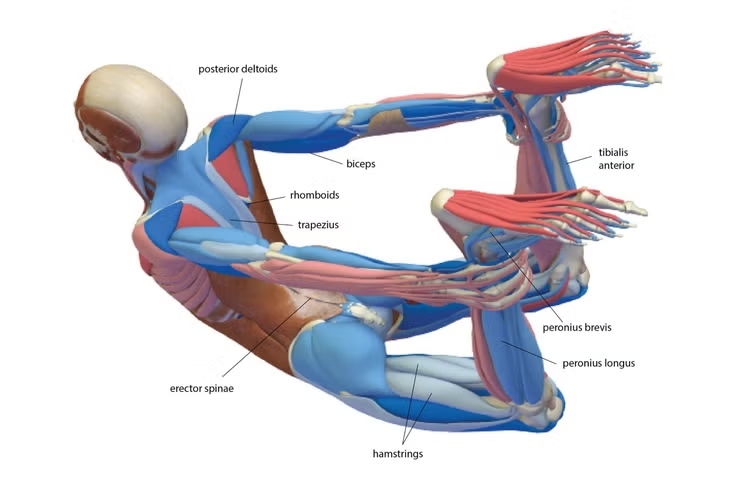
1. Stretches all muscles in the anterior aspect and thus improves posture.
In Dhanurasana, the chest tends to lift, and the shoulders roll back. Dhanurasana posture changes can counteract the forward-hunched posture that many people unwittingly develop from sitting for long hours. Actively stretching the chest, abdomen, hip flexors, and thighs will open up the front of the body and give time for the spine to assume a little more upright position.
2. Strengthens the back, in particular the lower part of it
Lifting your legs and chest really works the back muscles, especially those along the spine and the muscles in your lower back. The more hold-ups and repetitions of the Bow pose you do, the more you will strengthen and develop muscle endurance in your back, thereby lowering the chances of being hurt by back pain and improving overall coordination and movement.
3. Stimulate abdominal organs and ease digestion
When the front of the abdomen is pressed gently during this pose, it stimulates those digestive organs, and this extra circulation may help enhance digestion, ease bloating, and support liver and intestinal activity. It is said to be especially helpful in yoga for complaints involving slow digestion or constipation.
4. Opens the chest and improves breathing capacity
As the chest expands in this posture, it naturally stretches the lungs and diaphragm. This makes it easier to take deeper, fuller breaths. Over time, this can lead to improved lung capacity and more efficient breathing, which benefits everything from athletic performance to stress management.
5. Relieves stress and fatigue by increasing blood flow to the spine and brain
The backbend in Dhanurasana encourages blood flow along the spine and toward the brain, which can have a calming effect on the Nervous System. This helps reduce feelings of tiredness and mental fog. Many practitioners report feeling refreshed and more energised after holding the pose, even for a short time.
6. Tones the legs and arms through the active engagement of limbs
Holding the ankles and lifting the legs requires both strength and control. The thighs, calves, and glutes are engaged, along with the biceps, shoulders, and forearms. This full-body activation tones and strengthens the limbs, making them more defined and resilient with consistent practice.
7. Improves flexibility in the back, shoulders, and hips
This pose provides a deep stretch for multiple areas that often hold tension, especially the back, shoulders, and hip flexors. With regular practice, it helps loosen tight muscles, increases the range of motion, and reduces stiffness, making the body more agile and less prone to injury.
8. May support weight loss efforts, especially around the abdomen, when done regularly
Dhanurasana activates the core and engages many large muscle groups at once, which increases calorie burn. While it’s not a standalone solution for fat loss, it contributes to building lean muscle, improving metabolism, and toning the stomach area. When combined with a balanced routine, it can help reduce fat around the midsection.
What materials are required for Dhanurasana?
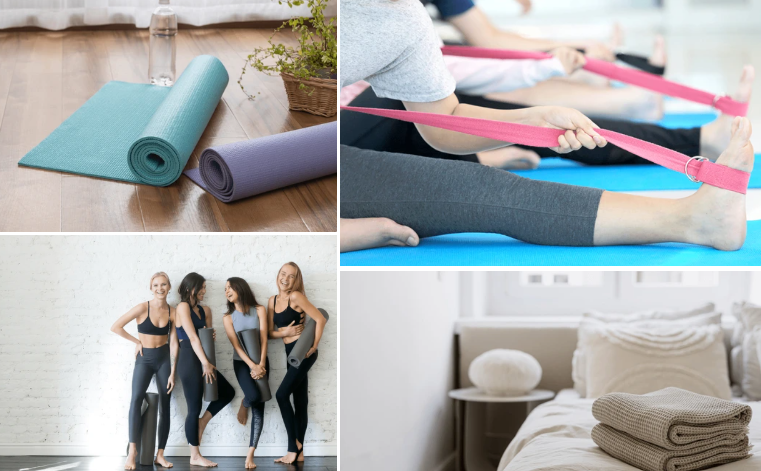
You do not need any extra material, but a few things can be handy:
Yoga mat: It provides grip and cushioning.
Yoga straps: Useful for beginners who have not yet reached their ankles.
Folded blanket or cushion: Optional, in case you want extra support under your hips or chest.
Comfortable clothing: To allow for optimum movement.
Who should avoid Dhanurasana?
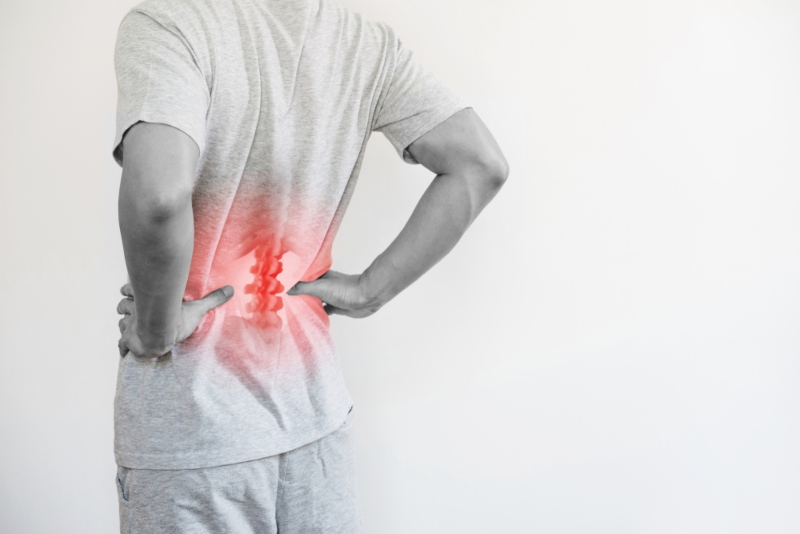
Certain conditions make this pose unsuitable:
1. People with back injuries or recent spine surgeries.
2. Those with a hernia or severe abdominal issues.
3. Pregnant women should avoid this pose entirely.
3. If you have high or low blood pressure, consult a doctor before attempting it. Avoid during migraine attacks or intense headaches.
4. People recovering from recent surgeries should skip this pose until fully healed.
Conclusion
Dhanurasana is a dynamic backbend pose that increases strength, flexibility, and energy in the practising individual. There are a number of benefits which make this posture worth practising: improving posture, aiding digestion, and simply building body awareness.
If your aim is to undertake a serious study of yoga and examine the rationale and technique of postures such as Dhanurasana, then a 200 Hour Yoga TTC in Rishikesh would be life-transforming.
Frequently Asked Questions
What is a Bow Pose good for?
Bow Pose is recommended for flexibility of the spine, digestive problems, and strengthening of the back, arm, and leg muscles. It is also said to help with fatigue and imbalances in posture.
Does Bow Pose reduce belly fat?
While there is no yoga incantation that directly burns fat in one spot, regular practice of Dhanurasana can tone up the belly area. Bowing, along with proper diet and exercise, can all contribute to the bending of the obese belly.
Can we do Dhanurasana during periods?
It is better to avoid any deep back bending during menstruation, especially if cramps and discomfort are felt. Gentle stretches or restorative yoga would be better to engage with at that time.

